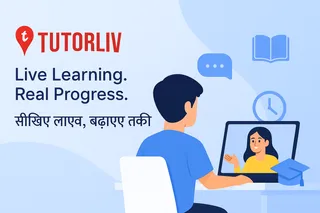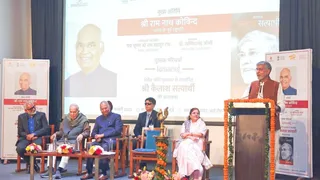Universal healthcare and education are often viewed as separate entities, but their interconnectedness is undeniable. Both are fundamental human rights, and their simultaneous provision is crucial for achieving significant societal progress. When individuals have access to quality healthcare and education, they are empowered to lead healthier, more productive lives, contributing positively to economic growth and social stability.
The Synergistic Effects
- Improved Health Outcomes: Education empowers individuals to make informed decisions about their health, leading to better preventative care and healthier lifestyles. Access to healthcare ensures timely treatment and disease management, improving overall health outcomes.
- Increased Economic Productivity: A healthy and educated workforce is a more productive workforce. Universal healthcare reduces lost workdays due to illness, while education equips individuals with the skills needed for higher-paying jobs.
- Reduced Inequality: Universal healthcare and education are powerful tools for reducing health and wealth disparities. They provide equal opportunities for all, regardless of socioeconomic background.
- Stronger Communities: Healthy, educated citizens are more likely to participate actively in their communities, fostering stronger social bonds and civic engagement.
Successful Models and Challenges
Many countries have implemented various models of universal healthcare and education with varying degrees of success. The World Health Organization (WHO) provides extensive information on different healthcare systems globally. Examining case studies from countries like Canada, the United Kingdom, and Scandinavian nations can offer valuable insights into the strengths and weaknesses of different approaches. However, challenges remain, including funding, implementation, and ensuring equitable access across diverse populations.
The Ongoing Debate
The debate surrounding universal healthcare and education often centers around cost, efficiency, and the role of government versus the private sector. Understanding these complexities requires a nuanced perspective, recognizing the long-term social and economic benefits that outweigh the initial investment.
For further reading, explore resources from organizations such as the United Nations Sustainable Development Goals (specifically SDGs 3 and 4) and the OECD's work on education.





































